Young Woman with a Cigarette, 1880
Oil on panel
35 x 24.5 cm
59 x 49 cm with its frame
Signed and dated lower left "E Laporte, 1880"
Émile-Henri Laporte is born January 26, 1841 in Paris. He is the son of a watchmaker and a seamstress, who also have a daughter, Marie-Zélie (1847-1922). He was raised by his grandparents in Colmar and then in Troyes. He returned to Paris at the age of thirteen, did an apprenticeship as a copper engraver, which he abandoned. He then entered the municipal drawing school on rue des Petits-Carreaux. He then became a free student at the Beaux-Arts in Paris in the workshops of Charles Gleyre and Isidore Pils. He exhibited for the first time at the Salon in 1864, presenting two canvases, Bathsabée and a portrait of a woman. He resides at 125 rue de Vaugirard. That year, Pierre-Auguste Renoir, who also exhibited at the Salon, executed his portrait; the two men seem to have been close friends from the end of the 1850s, frequenting, among other places, the same workshop, that of Gleyre. Renoir had previously depicted Laporte in a portrait of a group of pupils. The two friends even shared an apartment around 1862 at 29 place Dauphine, located in the Laporte family residence. Renoir also painted the portrait of Marie-Zélie Laporte (1864, Limoges Museum of Fine Arts) who would marry Gustave Peignot (1839-1899) a few weeks later. Laporte exhibited regularly at the Salon, between 1866 and 1870, paintings of pastoral inspiration, orientalists and landscapes. He lived at that time at 45 rue Joubert. In January 1871, he was one of the artists working on a private commission, the Binant suite. He exhibited again at the Salon from 1874 to 1879, presenting an average of two canvases: portraits, landscapes, decorative panels accompanied by drawings. Admitted to the Salon of French artists, he exhibited there in 1880 and 18819. He ended his career, from 1875, as director of the municipal school of drawing in the 2nd arrondissement of Paris, rue des Petits-Carreaux, then as director of the Etienne-Marcel art school, rue aux Ours. He then moved to Ville-d'Avray, a city of which he became the mayor. He names the Taylor Foundation of which he was a part, his sole legatee. He died in Ville-d'Avray on February 7, 1919.




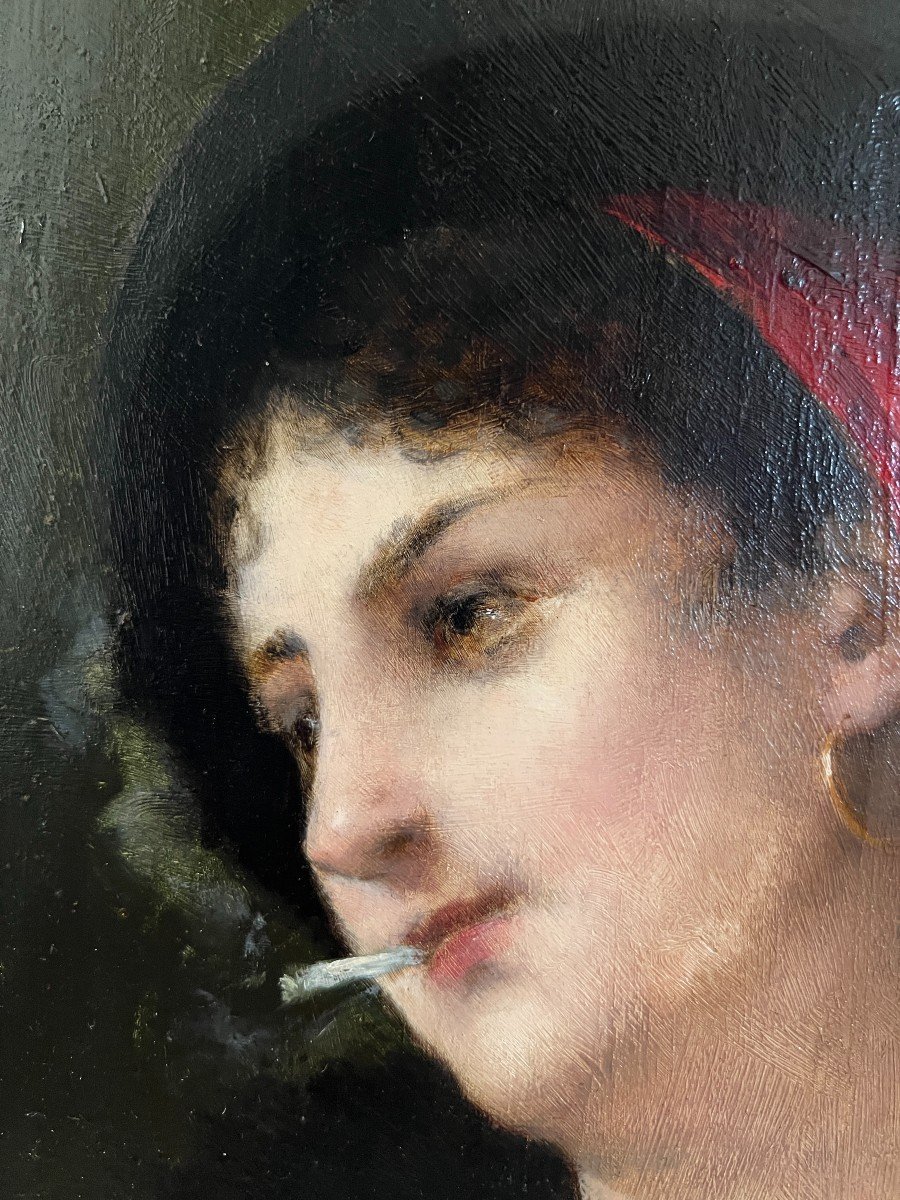

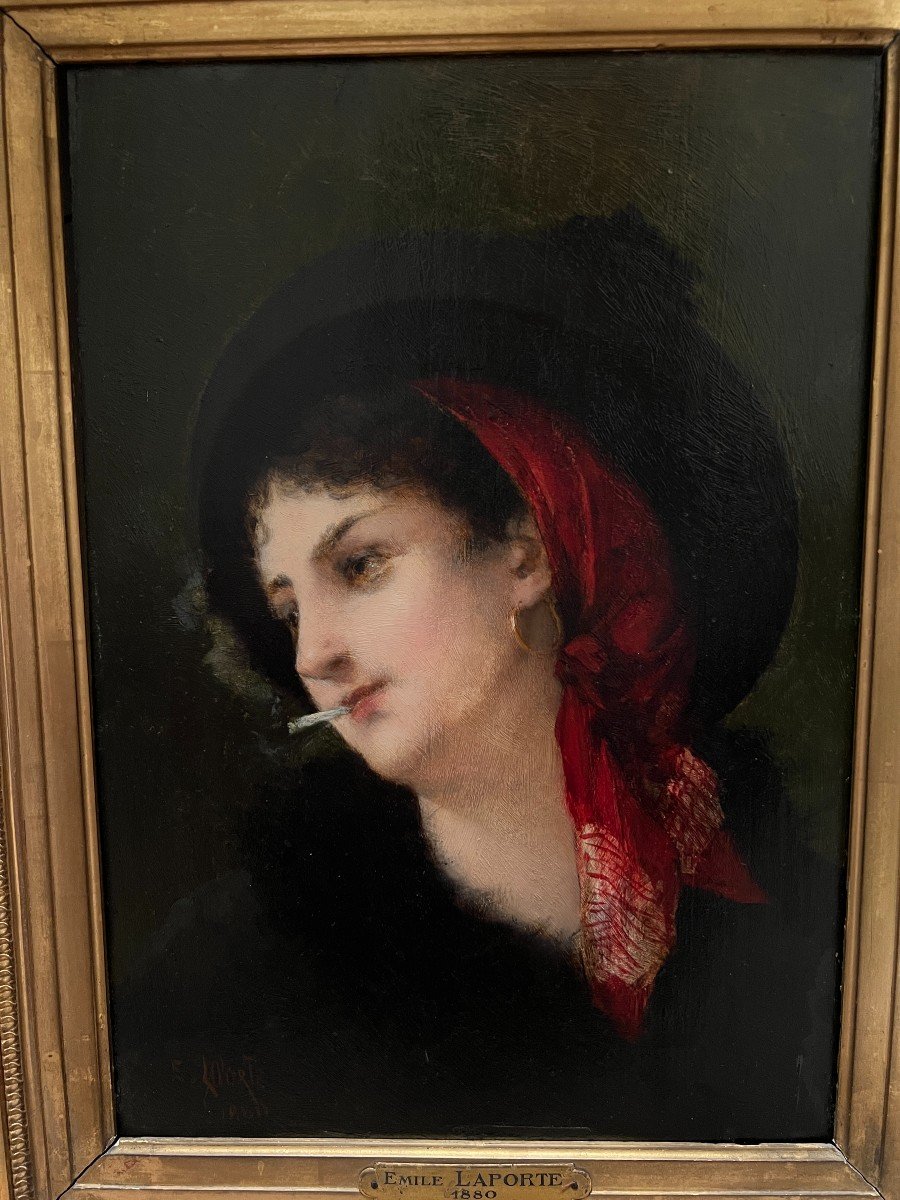



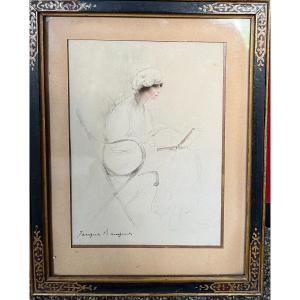
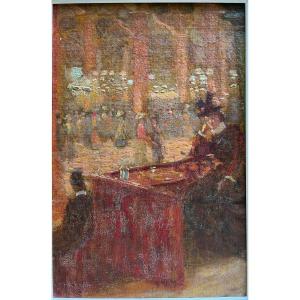

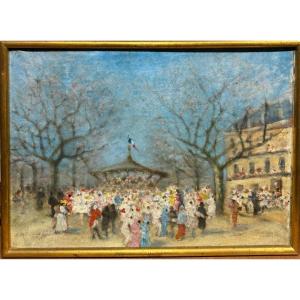


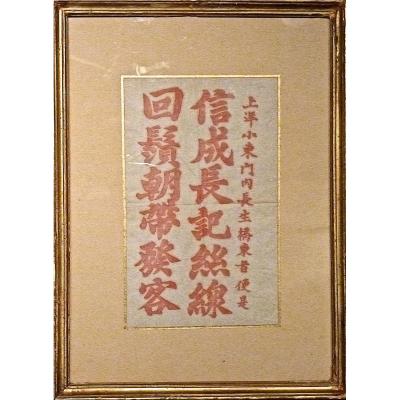
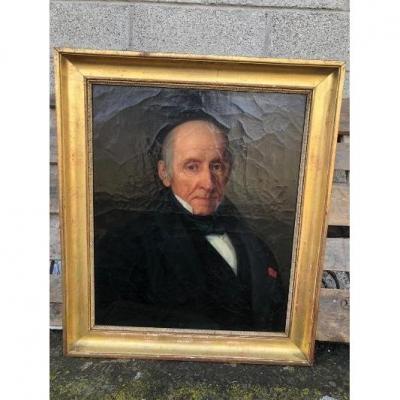

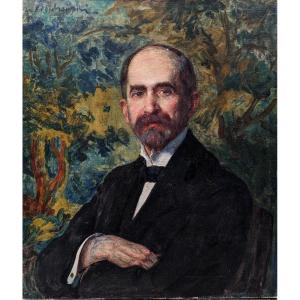
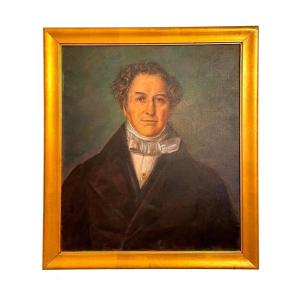




 Le Magazine de PROANTIC
Le Magazine de PROANTIC TRÉSORS Magazine
TRÉSORS Magazine Rivista Artiquariato
Rivista Artiquariato
